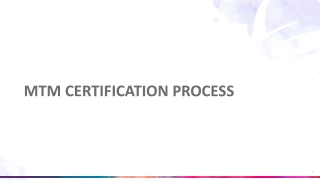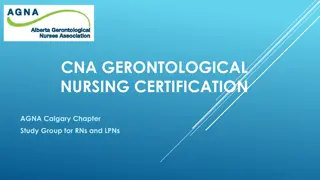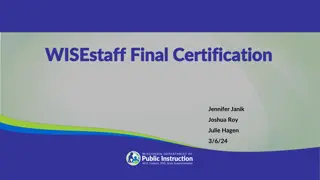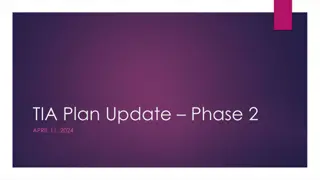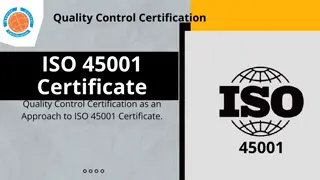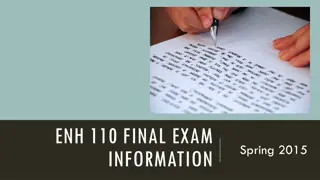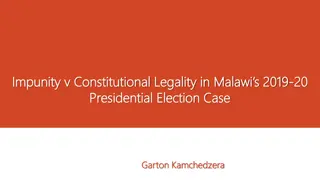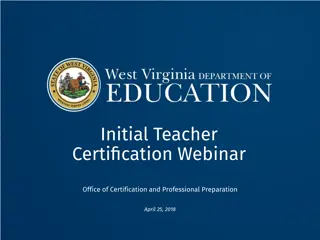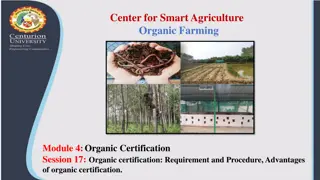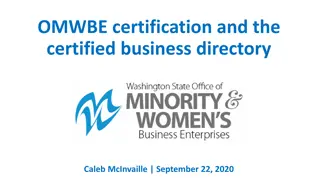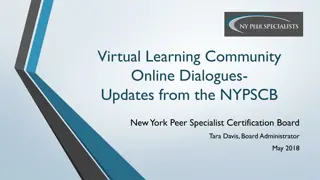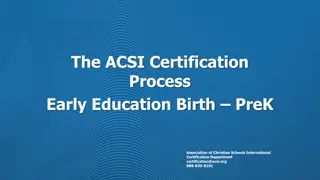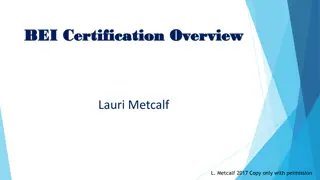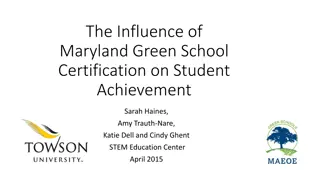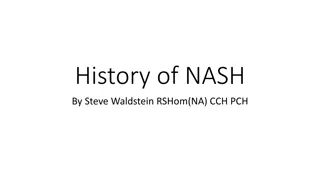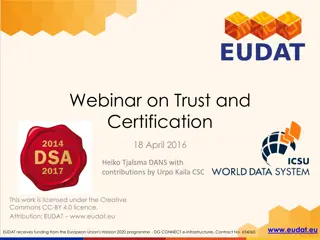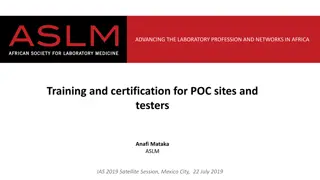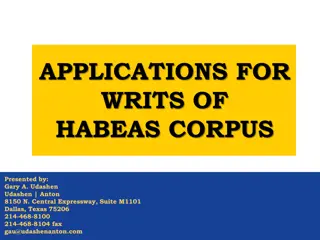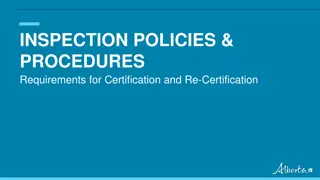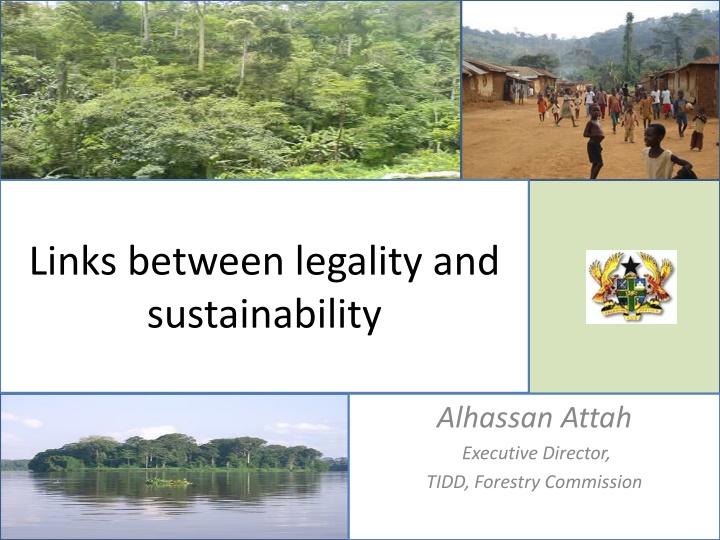
Interplay of Legality and Sustainability in Forest Management
Explore the intricate relationship between legal compliance and environmental sustainability in forest management, as discussed by Alhassan Attah, Executive Director of TIDD at the Forestry Commission. Topics include reflections on certification, experiences in various sectors, the Voluntary Partnership Agreement (VPA), and proposals for moving forward towards sustainable practices.
Download Presentation

Please find below an Image/Link to download the presentation.
The content on the website is provided AS IS for your information and personal use only. It may not be sold, licensed, or shared on other websites without obtaining consent from the author. If you encounter any issues during the download, it is possible that the publisher has removed the file from their server.
You are allowed to download the files provided on this website for personal or commercial use, subject to the condition that they are used lawfully. All files are the property of their respective owners.
The content on the website is provided AS IS for your information and personal use only. It may not be sold, licensed, or shared on other websites without obtaining consent from the author.
E N D
Presentation Transcript
Links between legality and sustainability Alhassan Attah Executive Director, TIDD, Forestry Commission
Outline of presentation Background Setting the context Some reflections on certification Certification experiences from other sectors Some reflections on the VPA Proposal for the way forward Conclusions
Background Setting the context- I Lack of progress for a global forest convention at the Earth Summit in Rio in 1992 and subsequent negotiations at IPF/IFF/UNFF processes Continued loss of forest cover, particularly in the tropics and relevant to the Ghana context NGOs frustration on the lack of action by governments
Background -Setting the context- II Call for boycotts of tropical timber resulted in early engagement by Ghana in Nov 1995 Forest certification seen as a means to achieve SFM at the FMU Level Various initiatives to promote certification and sustainable forest management Growth of certification still strongest in the temperate and boreal forests/developed countries
The Linkages Conceptually L ----------- Cost of compliance ------------- H Potential legal & SFM Timber Production CERTIFIED FLEGT VPA CW VLC VLO Illegal 0 ---------------------------- Time required to comply ------------------------------ ------ -------5
Some reflections on certification (I) Voluntary market based mechanism that seeks to communicate environmental credentials of forests/timber Legality a pre-condition for certification However questions raised in the robustness for verifying legality under certification Strong social and environmental components in standards
Some reflections on certification (II) Proven effective in plantations and boreal and temperate forests Not effective in tropical forests complex nature Growth of certification has been extremely slow in Ghana (Form (Gh)- plantations & JCM, SAMARTEX- CoC natural forests) How should such companies be treated under the VPA? Exemptions?
Some reflections on certification (III) Generally accepted that Phased approach Legality as component 1 realistic Third party independent verification Increasing private sector support Role of governments weak, particularly absent in the FSC front runner But Lessons for VPA legality assurance systems
Certification experiences from other sectors Draw lessons for other sectors such as: Kimberley process certification system CITES- an exemption under the Ghana EU VPA will have challenges for the forest sector and the VPA Fisheries Cocoa In all these sectors Governments have a key role to play. Continued Government role critical for the promotion of VPA
Some reflections on the VPA-I A relevant and useful step towards sustainability At the national level Growing trend to meeting market requirements and gaining market access (PPP) Working definition negotiated, particularly under the VPAs Future management by EU to ensure level playing field? Perceived as a means of addressing illegal logging and associated trade collective action
Some reflections on the VPA-II Negotiated by stakeholders based on national differences and therefore balance of interests taken into account and gains acceptance generally Good forest management tool Potential MIS to enhance business decisions Enhances better forest governance But may not deliver sustainability
WHAT ARE THE CHALLENGES? Can certification run parallel to the VPA national system? Should companies pursuing certification be given some exemptions? CITES certificates and recognition that its has complied with the VPA requirements? How should they be treated in producer countries? How should one handle other initiatives?
WHAT ARE THE CHALLENGES? Reflections on VPA relations with certification Required documentation? exemptions Future role of governments in certification, particularly for some major front runners in forest certification Engaging key importers such as China on VPA LOGS FROM THE VOLTA LAKE ???
The way forward A means for achieving forest certification First step towards forest certification Governments underwriting cost of first phase Certification bodies to be engaged strongly in the VPA process Existing companies pursuing forest certification must comply with VPA requirements
The Way Forward For Ghana Off reserve areas to come under VPA verified legal Forest reserve areas- VPA with the potential to full certification Engage non- VPA countries that a major importers Domestic market a key to successful forest governance
Conclusion VPA A strong basis for improved forest governance VPA a means to achieving forest certification Encourage stakeholder consultations Key element in both VPA & FC Lessons to be drawn from other sectors Recognition of government as key stakeholder in promoting forest certification
Conclusion VPA LAS a good forest management tool Potential for providing MIS to business and governments, particularly market intelligence

